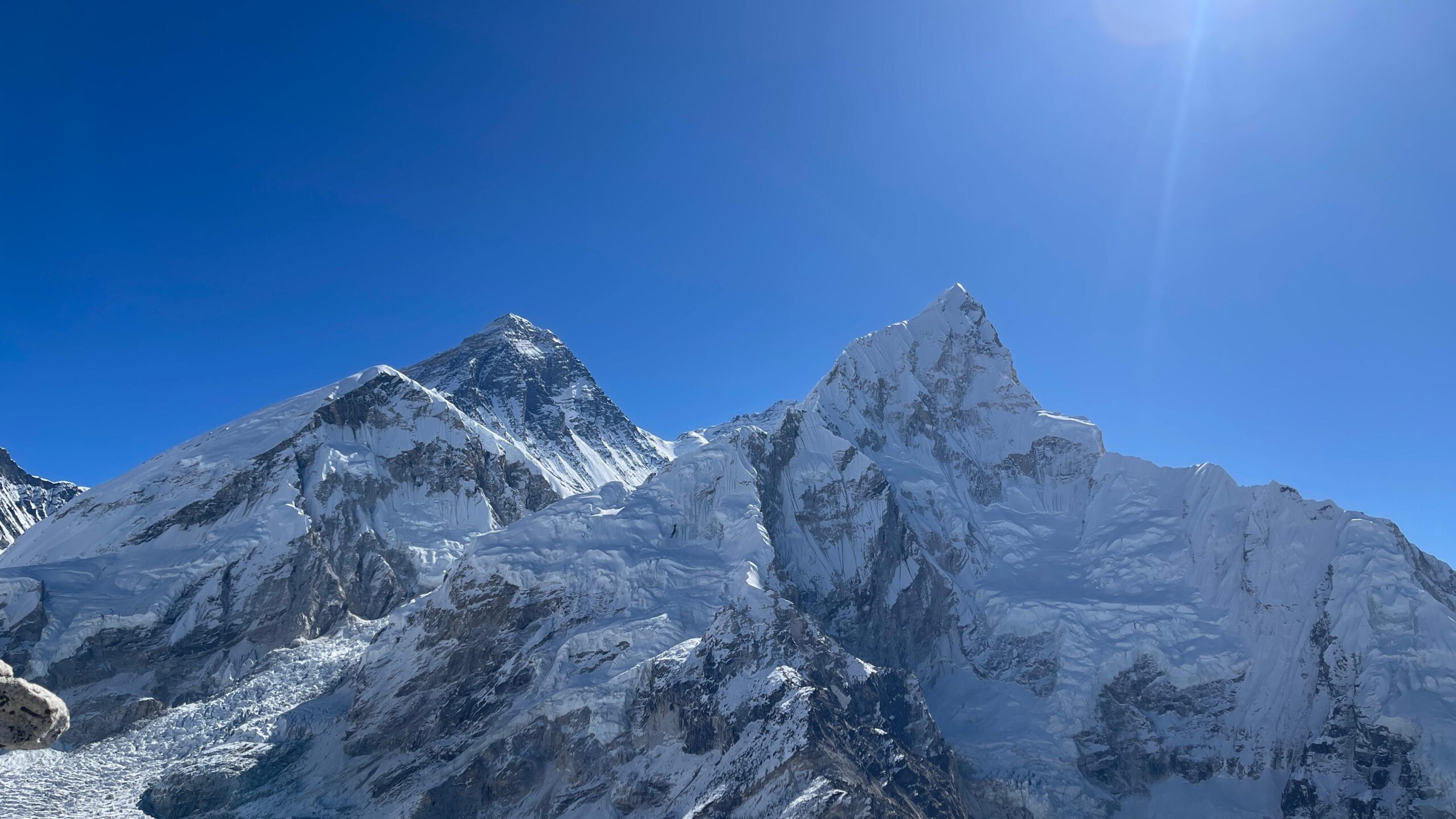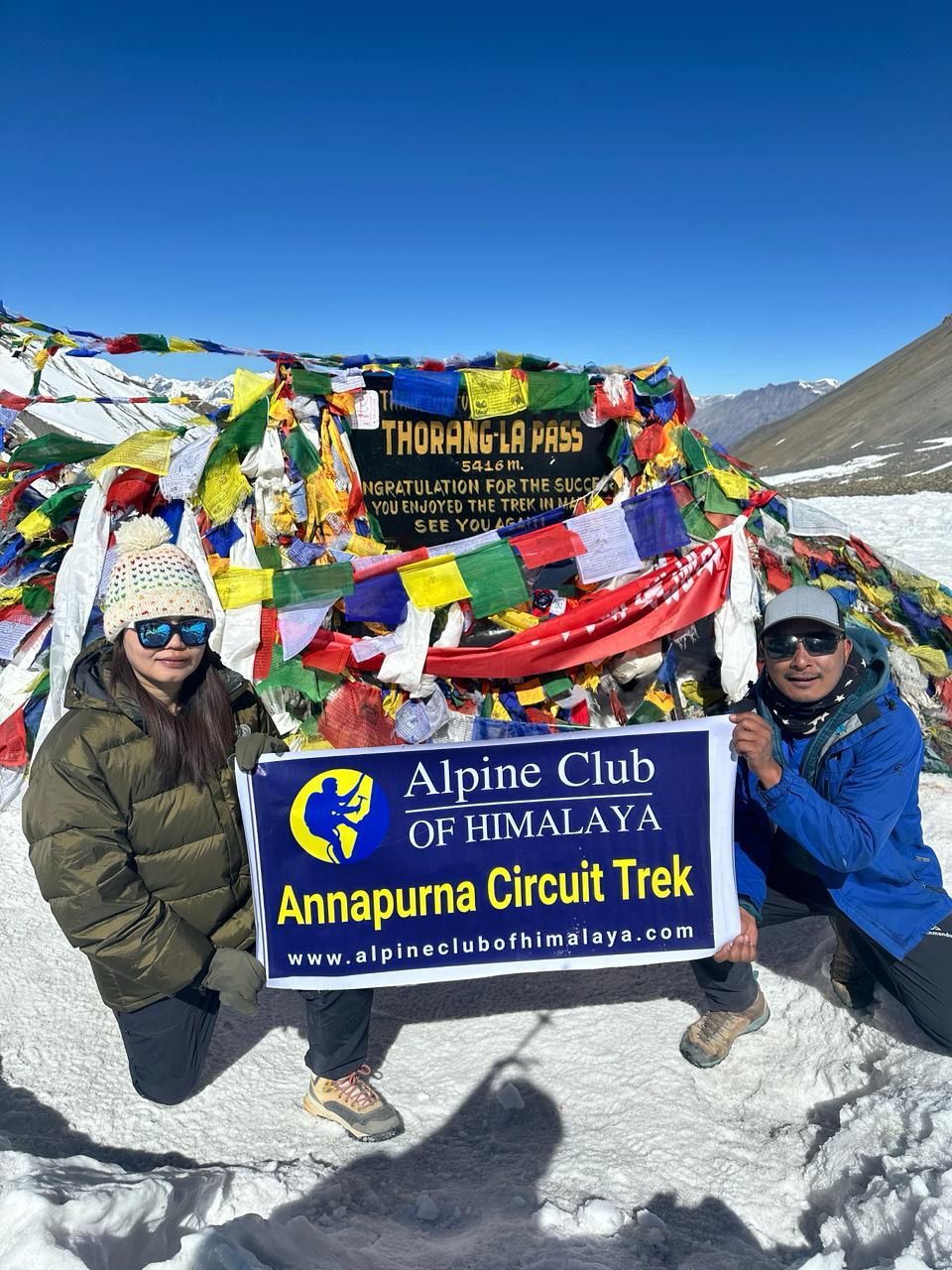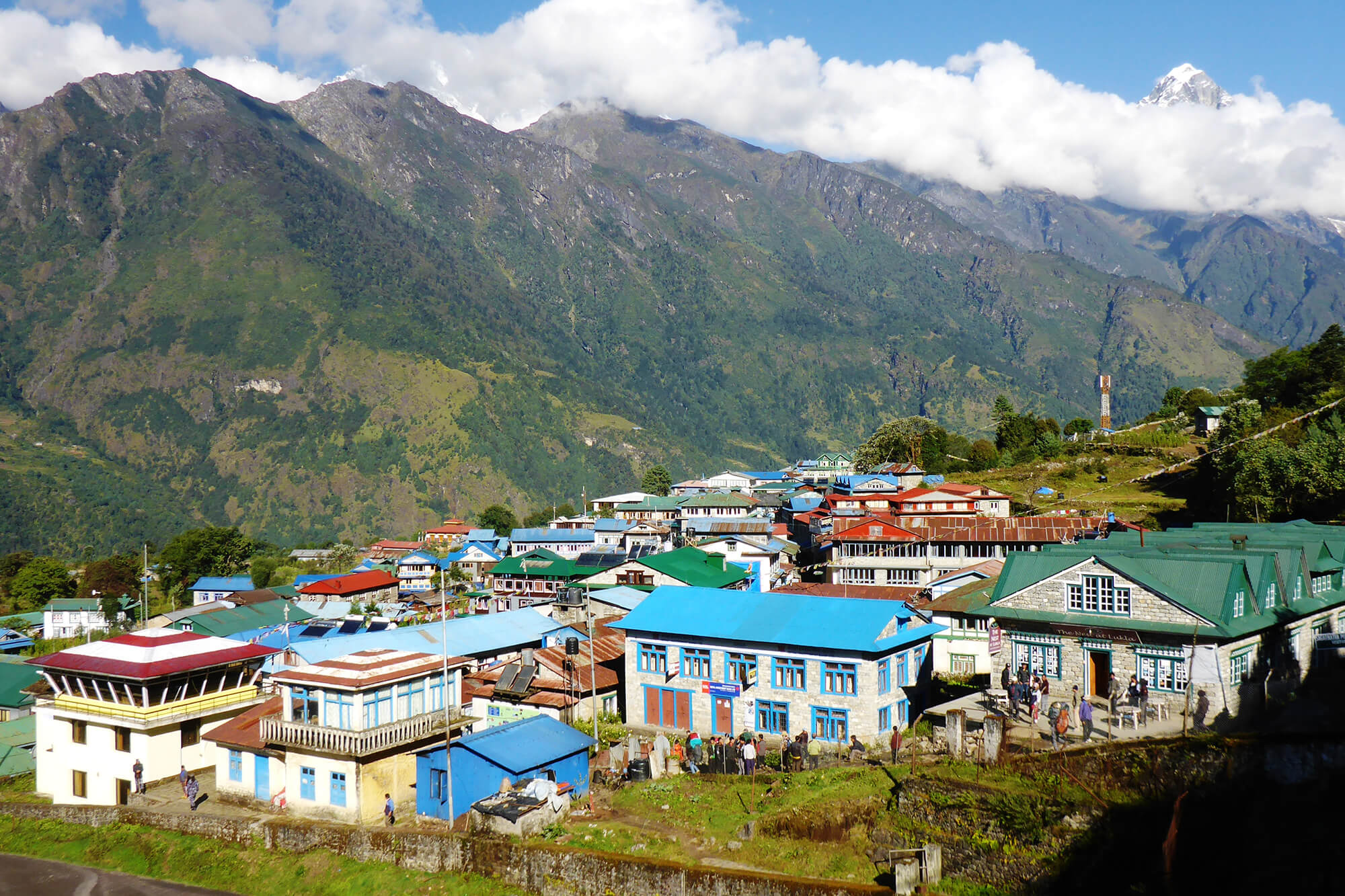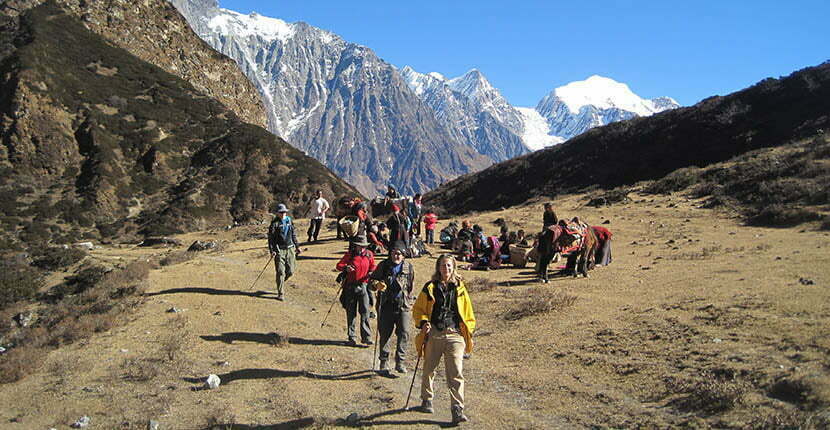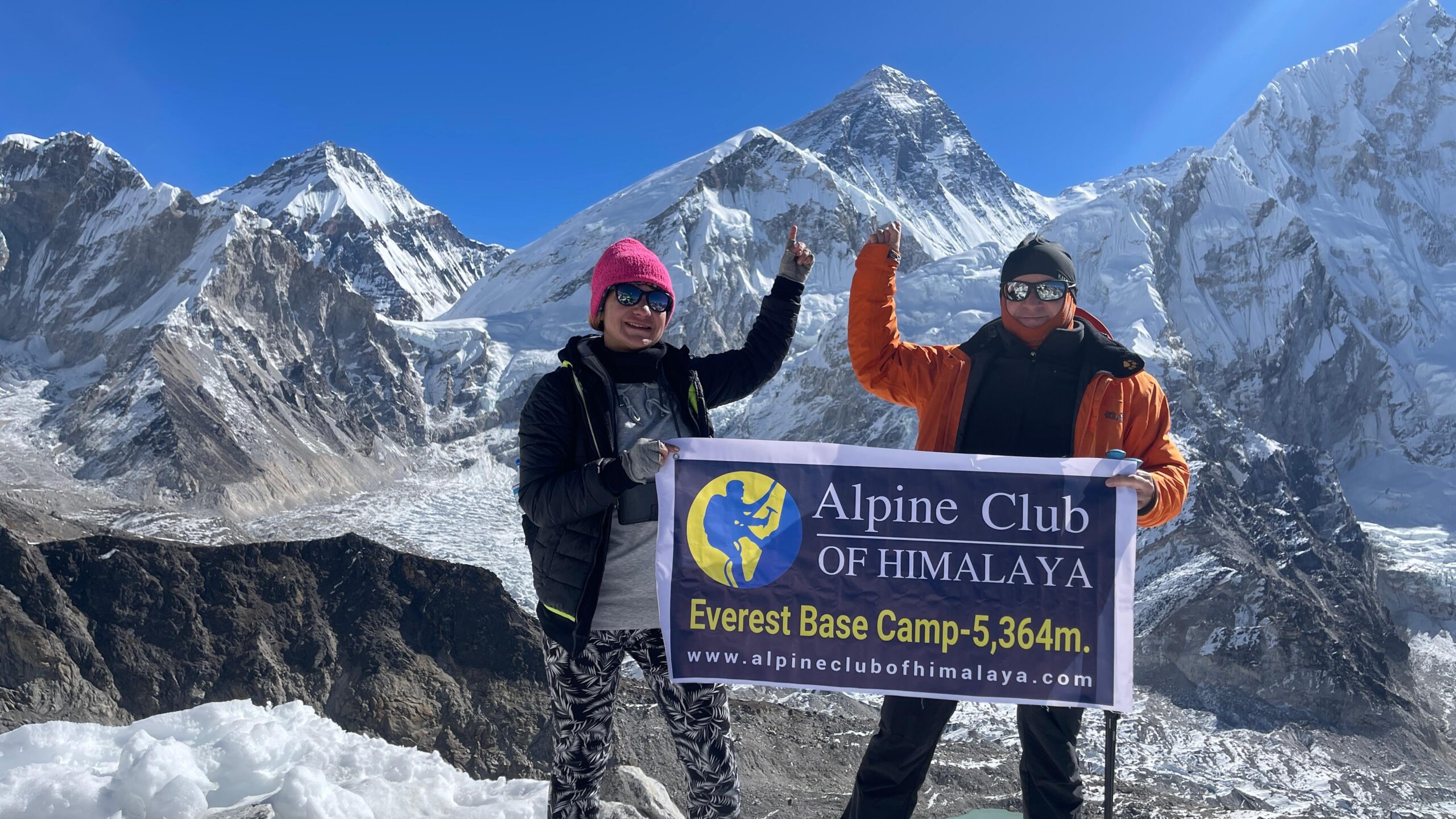Overview
Lhasa, the remote abode of the Dalai Lamas, object of devout pilgrimage and heart and soul of Tibet, is still a city of wonders, despite the large-scale encroachments of modern Chinese influence. First hint that Lhasa is close is the Potala, a vast white-and-ochre fortress soaring over one of the world’s highest cities. It’s a sight that has heralded the marvels of the Holy City to travellers for close to four centuries and it still raises goose bumps. It is hard to imagine a thriving city at such an altitude, functioning as the religious, cultural and economic hub of Tibet.
While the Potala dominates the skyline, the Jokhang, some 2km to the east, is the real spiritual heart of the city. An otherworldly mix of flickering butter lamps, wafting incense and prostrating pilgrims, the Jokhang is the most sacred and alive of Tibet’s temples. It is here and the encircling Barkhor pilgrim circuit that most visitors first fall in love with Tibet.
Trip Highlight
- Culture and History
- Potala Palace
- Awesome Mountain
- Everest Base Camp
Itinerary
Cost Include
- All necessary Tibet travel permits
- Pickups and drops from airport and HOTEL(s)
- Everest National Park admission fee and Grass dame charge
- Use of private vehicles (van or Hiace or bus) for transportation
- Accommodation in Tibet on twin-sharing basis with breakfast
- English-speaking, trained and experienced Tibetan guide
- All fees for sightseeing and visits to monasteries as outlined in the itinerary
- All applicable taxes and service charges
- Driver, Salary, meals and Accommodation
- Fuel, Road Taxes and Parking Fees
- Government Taxes and Service Charges
Cost Exclude
- Train ticket from China to Lhasa
- Chinese visa fee which is US$ 175 for the US nationals and US$ 85 for other nationals (visa fees are subject to change without prior notice)
- International flights from Kathmandu to Lhasa or from China to Lhasa
- Accommodation in Kathmandu
- Travel insurance
- Meals other than breakfast in Tibet
- Tips for guides and driver
- Nepal visa
Your safety is of paramount importance to us at Alpine Club of Himalaya. We have the absolute authority to cancel the trip or change the itinerary, when deemed necessary or when we have reason to believe your safety is at stake. Weather conditions, the health condition of a group member, natural disasters, and such, can contribute to changes in the itinerary when traveling in remote mountainous regions. In these extreme situations, we kindly request that you offer your full co-operation to the trusted leader of the group appointed by Alpine Club of Himalaya. However, we assure you that we will make every effort to keep to the above itinerary.
-
Memorable trekBenfrom PortugalApril 27, 2022Memorable trek, highly recommended to all !!!Date of Experience: October, 2019
Write a Review Cancel reply
Thank you. Your review will appear after admin approves it.
Please fill all the fields.









